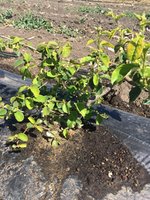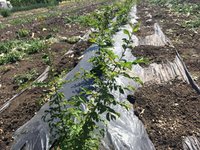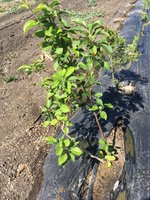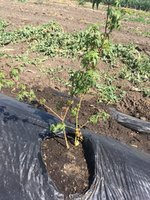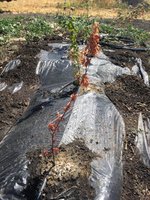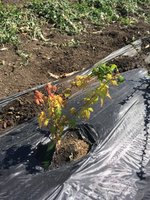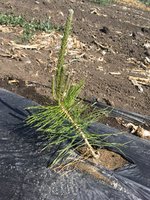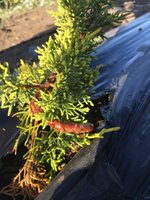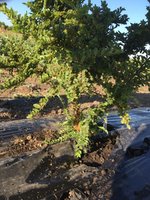n8
Chumono
This happened yesterday. Farmer buddy furrowed me a 200-foot row, I installed weed cloth and irrigation, and then I planted about 90 plants in various stages. Lots from previous years' seed (elm, pines and maples), some cuttings (flowering quince and elm) several air layers (maples and Chinese quince) and a few nursery plants or stuff I'd ordered from Brett in Clear Lake (crabs, flowering quince and some Seiju elms).
This is some of the finest dirt in North America, amended for 25 years through organic farming techniques. They'll have full sun, warm roots and good water. Fingers crossed!



This is some of the finest dirt in North America, amended for 25 years through organic farming techniques. They'll have full sun, warm roots and good water. Fingers crossed!






